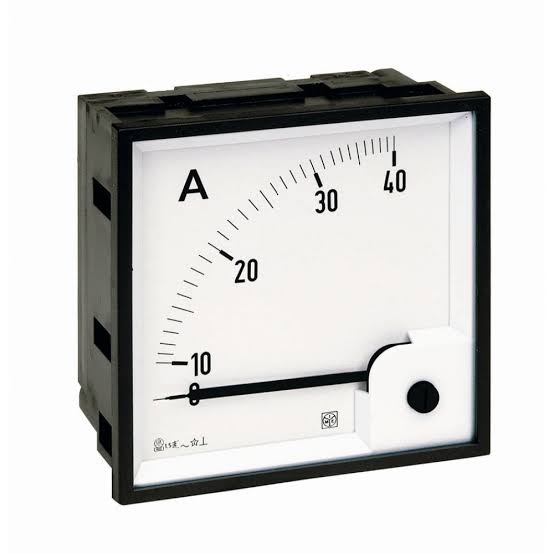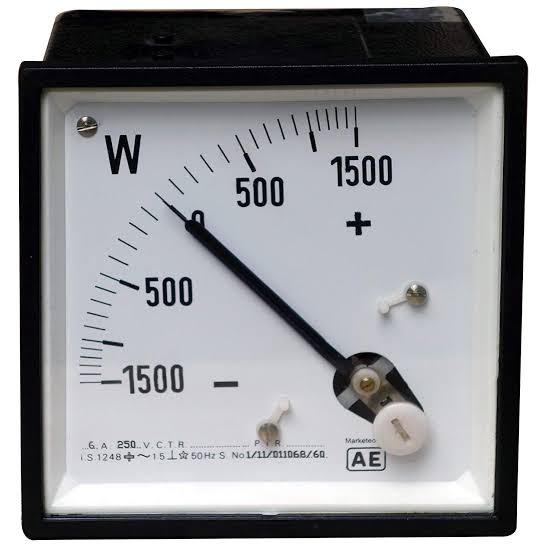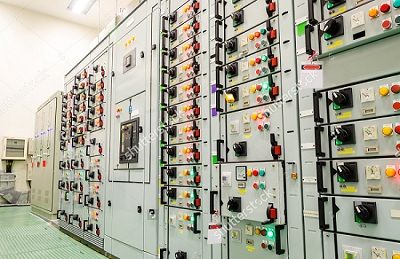Servomotor?
A servomotor is a linear actuation that allows for precise control of angular or linear position, velocity and acceleration.It also requires a relatively sophisticated controller, often a dedicated module designed specifically for use with servomotors. It consists of a suitable motor coupled to a sensor for position feedback.
Servomotors are not a specific class of motor, although the term servomotor is often used to refer to a motor suitable for use in a closed-loop control system.
Servomotors are used in applications such as robotics, CNC machinery.
servomotors are smaller in size as compare to other motor.A servomotor is a close-loop control system that uses position feedback to control its motion and final position. The input to its control is a signal (either analogue or digital) representing the position commanded for the output shaft.
Working principle
Servomotor works on the Pulse Width Modulation (PWM) principle, which means its angle of rotation is controlled by the duration of pulse applied to its control PIN. Basically servo motor is made up of DC motor which is controlled by a variable resistor (potentiometer) and some other gears.
Applications of Servomotors
the servomotor are not a special type of motor
- the servomotor are very small in size.
- the servomotor are used in robotics.
- the servomotor are also used for CNG Machinery
Types of Servomotor
Servomotor are classified into two types depending upon the nature
- DC Servomotor
- AC Servomotor














0 Comments